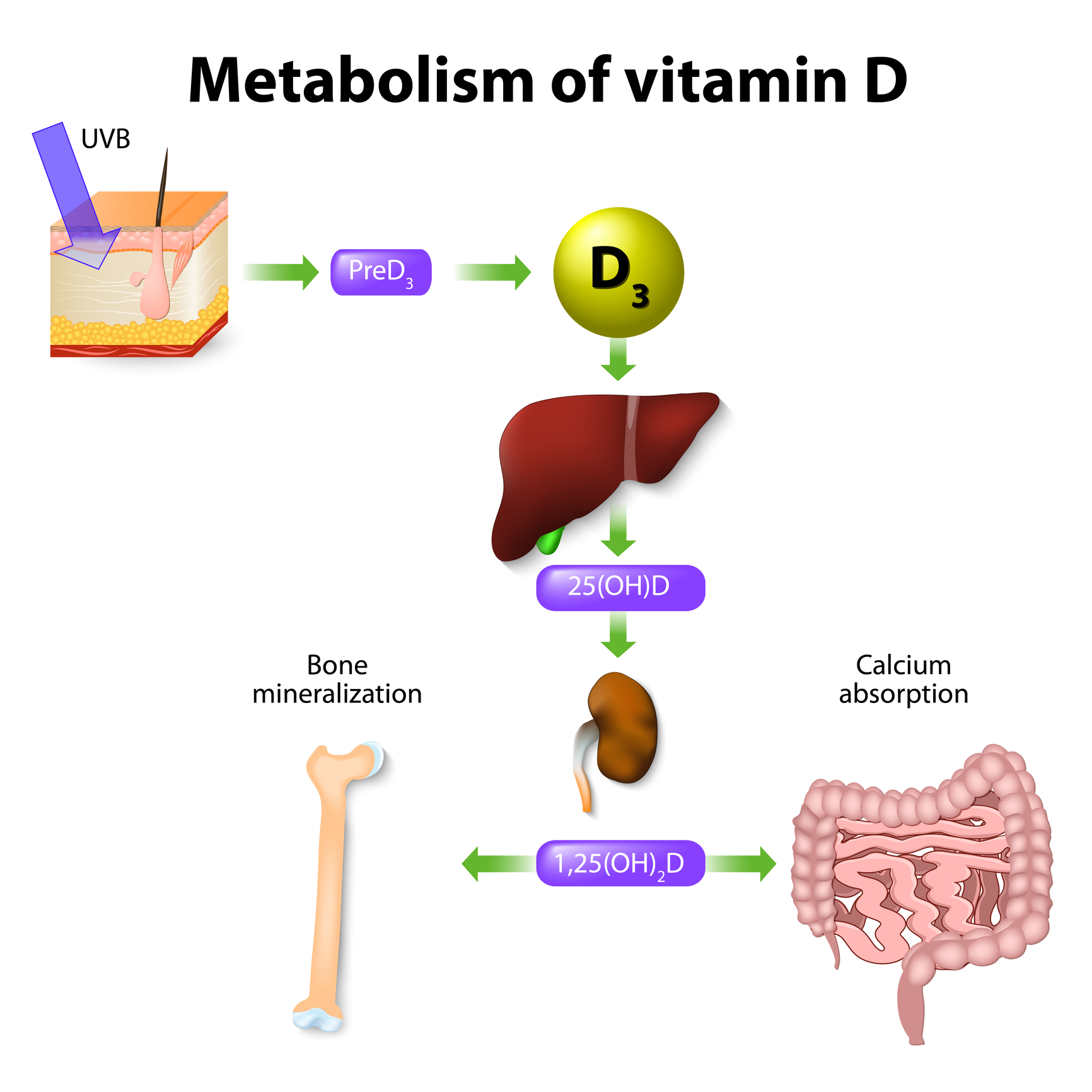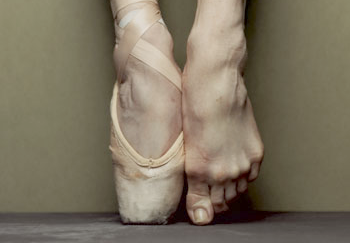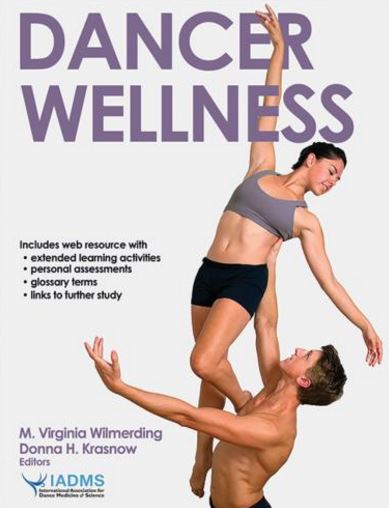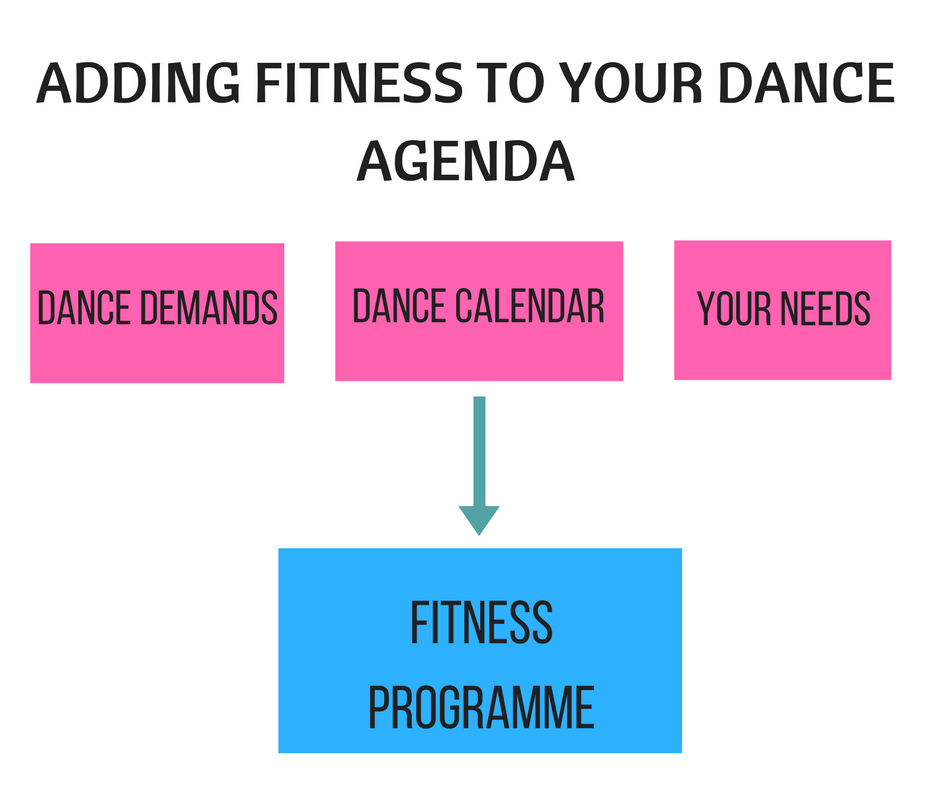Blog
The Importance of Vitamin D for Dancers
Author: Derrick D. Brown on behalf of the IADMS Dance Educators’ Committee
Vitamin D has received a great deal of attention in the last 5 years both in popular media and in dance medicine and science research, and with good reason. While much emphasis is placed on its role in bone health, a key question revealed from the research is whether it also can provide other benefits for pre- and professional dancers. The purpose of the post is to highlight some of the research done on dancers and discuss why it might be important to keep an eye on your Vitamin D levels.
Read ArticleAre You Warm Enough to Start Dancing?
Authors: Brenton Surgenor and Andrea Kozai on behalf of the IADMS Dance Educators’ Committee
Warming up is essential before taking part in any type of dance activity, but it’s not always clear how to warm up effectively. This blog post sets out the what, why and some of the how-to’s of an effective dance-specific warm-up. This prefaces our new, upcoming Resource Paper on effective warm-up for dancers, which has much more information and advice on how to prepare the body for dancing.
Read Article2017 Regional Meetings - All the info!
This year we are working hard to reach new audiences through a range of international regional meetings, arranged by key members of the IADMS Dance Educators’ Committee. The aim of these events is always to widen our reach and ensure that information about dance medicine and science is broadly disseminated, especially amongst artists, practitioners, teachers, educators, clinicians, students and parents for whom these ideas are relatively new. This year we have events lined up in Australia, the USA and the UK, which seek to present ways in which dance medicine and science principles can be transferred to the classroom and applied in practice.
Read ArticleIADMS SEEKS NOMINATIONS FOR THE 2017 DANCE EDUCATORS AWARD
The Educators Committee of IADMS promotes communication and education for dance teachers, dance students, parents, dancers, and the medical and other health practitioners who provide their care. The Committee also seeks to recognize teachers who integrate principles of dance science in their teaching and is seeking nominations for the 2017 IADMS Dance Educators Award from around the world
Read ArticleBunions in Ballerinas: it’s not really the shoes!
Author: Megan Maddocks
I have bunions, two in fact. They were never a problem while I danced, but they got worse when I stopped. As a podiatrist, this made me curious about the relationship between pointe shoes and bunions (more accurately called hallux valgus). Below is a brief summary of a literature review I presented at the 2016 annual IADMS conference in Hong Kong, outlining some extrinsic risk factors unique to female ballet dancers.
Read Article5 Questions With…Gabriel Gonzales
This month’s featured member is our newest Student Committee member, Gabriel Gonzales of University of New Mexico. Gabriel is a pre-med student with an interest in dance medicine. His areas of interest include biochemistry, exercise science and dance (ballet).
Read ArticleDeveloping a Personal Dancer Wellness Plan
Our focus for this blog post is on a new IADMS and Human Kinetics publication, edited by renowned dance educators and IADMS members, Ginny Wilmerding and Donna Krasnow. Dancer Wellness is a useful, one-stop resource for all dance teachers interested in embedding dance medicine and science principles into their practice and ensuring the long-term health and wellbeing of the dancers with whom they work. Here, Ginny and Donna give us a taste of how to design a personal dancer wellness plan as a foundation for long and effective dance practice.
Read ArticlePresenters at Australia's IADMS Regional Meeting April 2017
The topics presented at the meeting will convey anatomical and medical information to the attendees. Presenters and practitioners will share anatomical and medical information as well as demonstrate potential methods of working with and helping students.
Read ArticleWayne McGregor on John Travolta, technology and why everyone can dance
This interview with Wayne McGregor is not the usual dance medicine and science post, however McGregor makes some interesting comments which refer to science and which imply how strongly science relates to art. McGregor makes reference to neuroscience (3:05) and specifically how he works with neuroscientists (3:32). He uses sound to shape action in his choreography (5:54) There are other choreographers who also use their voices to create sounds to achieve a movement quality from their dancers and dance teachers sometimes use verbal sounds to trigger a particular movement dynamic when teaching.
Read ArticleAdding Fitness to your Dance Agenda: Where to start?
Author: Clara Fischer Gam
So you came to the understanding that it is not all about dancing: in order to nourish your body for greater freedom of artistic expression, other elements have to be added to the equation. You have already done the reading about reducing the risk of injuries and enhancing performance. Then you came across supplementary fitness training and its role in supporting your career goals and longevity. Feeling more responsible for your body and empowered to take care of yourself, you are now craving for putting it into practice – what then?
Read Article- IADMS 34th Annual Conference - Experience Point of View: Jennifer Milner
- IADMS 34th Annual Conference - Experience Point of View: Joanna Nicholas
- IADMS 34th Annual Conference - Experience Point of View: Erika Mayall
- Beginning ASL for Medical Students & Health Practitioners
- Relative Energy Deficiency in Dance









 BACK
BACK